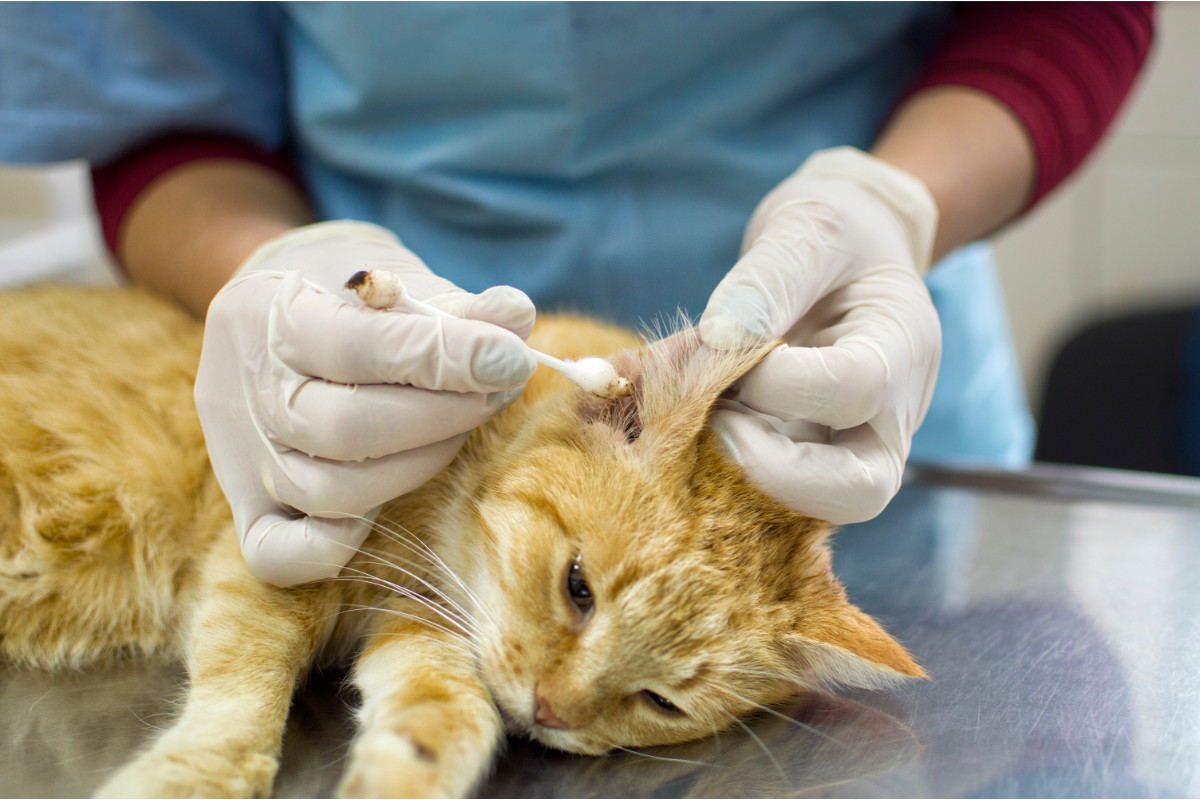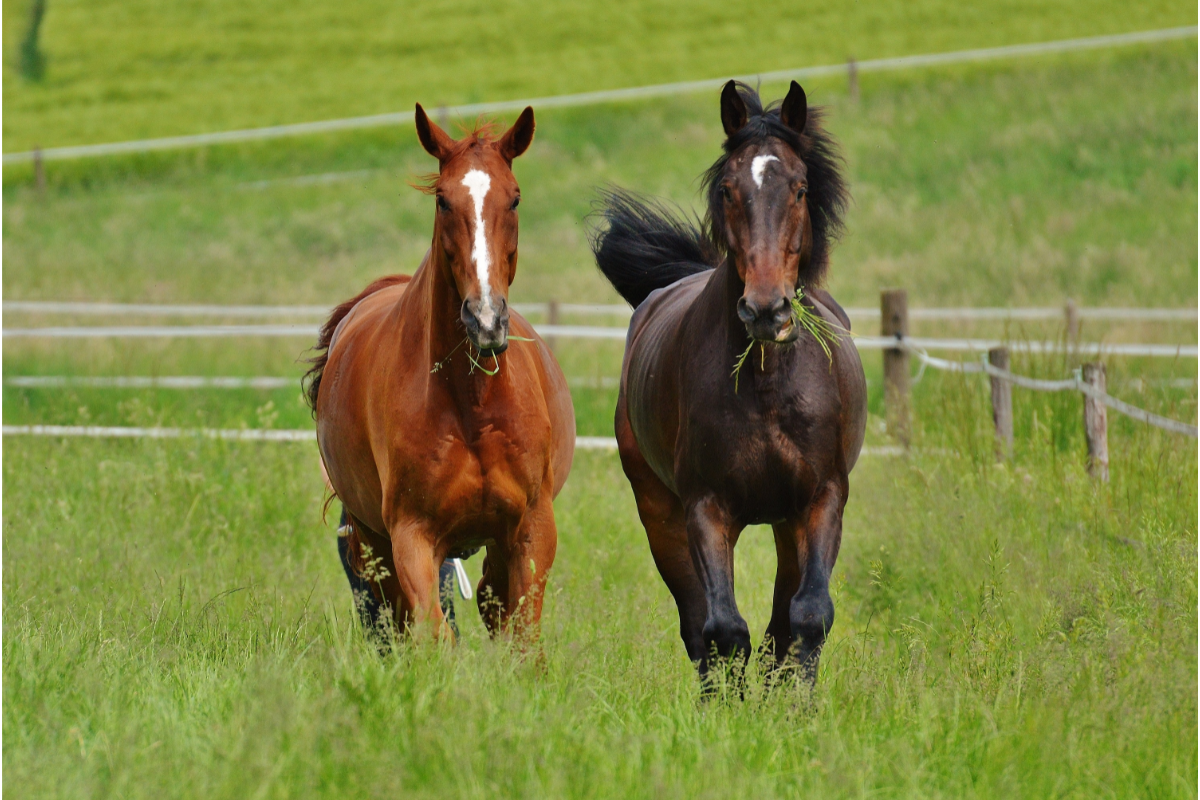Kennel cough: a highly contagious cough in dogs
Kennel cough, or canine infectious tracheobronchitis, is a highly contagious respiratory disease that particularly affects dogs living in groups. It is often caused by a combination of viruses and bacteria, such as the Parainfluenza virus and Bordetella bronchiseptica bacteria. Infectious tracheobronchitis manifests itself as a severe dry cough, similar to a human cold, and can … Read more




















